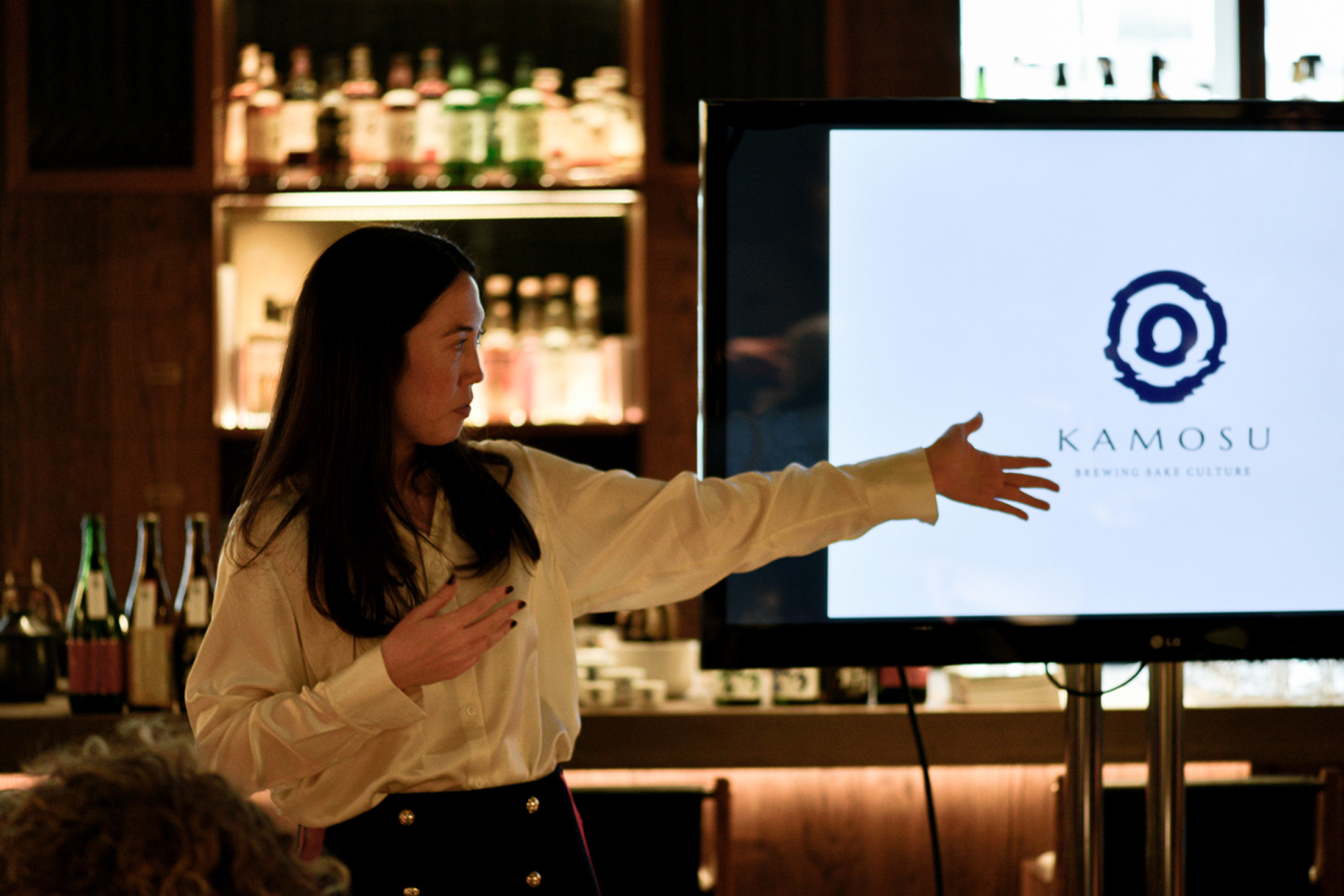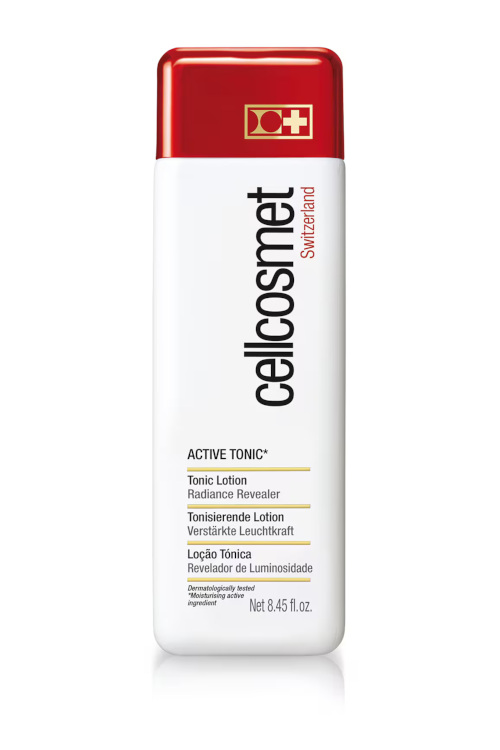World Sake Day: A Guide To Sake With Erika Haigh
By
1 year ago
Everything you need to know about the Japanese drink

For many people outside of Japan, the world of sake remains something of a mystery. Yet its popularity is growing in the UK, in part thanks to names like Erika Haigh, a sake educator who is on a mission to spread the word about the often underappreciated rice-based drink. Japanese-born Erika began her career as a sommelier before pivoting to the sake sphere – and in 2019, she opened the UK’s first independent sake bar, MOTO. She also recently launched KAMOSU; a platform that showcases the most premium and artisanal varieties. Here, she gives us the lowdown on all things sake, from the different varieties to how to serve it and where to try it in London.
A Guide To Sake, with Erika Haigh

Erika Haigh, photo by Rebecca Dickson
When did you first become interested in sake?
I actually thought wine was going to be my thing. I had a brief stint as a wine sommelier, and one day I decided to take a sake course. It really allowed me to dive head first into the beverage category, and as a result learn more about Japanese history and culture – and reconnect with my home country. From then onwards it was quite a quick spiral of me putting myself in every opportunity that came my way.
Could you tell us a bit about your bar, MOTO?
I opened it at the end of 2019, which was probably the worst time to open something, three months before the pandemic. I was born and raised in Japan, then I lived in Canada, then moved to the UK. When I moved to London I realised that although it’s such a metropolitan city, with so many opportunities for wining and dining, there was no place you could casually go to have a glass of sake. It was either fine dining restaurants or the disgusting hot stuff they serve at Chinese restaurants. That was my motivation: I wanted to make sake my living and show that it’s not just reserved for when you eat sushi, it’s something you can casually incorporate in your day to day. I thought there needed to be somewhere where people can just rock up and order a glass – a place where the sake is constantly changing, it’s fresh, it’s good quality, and the people that work there know about the beverage. I do think education is power, with a bit of information that’s how you start breaking down these barriers.
Going back to basics: what is sake?
Sake is Japan’s national drink; it has been around for the past 2,000 years. It’s a fermented drink just like wine or beer. I hear a popular misconception sometimes that sake is a spirit, but it’s not a spirit: it is a fermented drink and it’s made from rice. It has such a wide variety of flavours, textures and aromas, and it can be appreciated from something like five degrees all the way to 50 degrees.
It’s really not a one dimensional drink. Just like if you’re a wine lover – depending on your mood, you’ll think of a different wine – it’s exactly the same for sake. That’s first and foremost what I want people to understand: there’s such a variety and, sure, you might not like every single one, but there will be a style you enjoy. That variety could be shaped by regionality – for example, northern Japan tends to produce cleaner styles of sake, whereas southern Japan can produce quite rich, savoury styles. It’s a work of art, because what you do to it will completely change the product. The one difference with wine and sake is, with wine, 80 percent of the taste comes from the actual ingredients but, with sake, 80 percent is truly about what the brewer does during the fermentation process to make it what it is. Two breweries could use the exact same rice, water, yeast and same ingredients, but how they make the sake will create completely different products.

Getty Images
How should sake be served?
At my bar, I serve sake in wine glasses, because I think that’s the best way to appreciate aroma, and I just wanted one vessel so people could compare and contrast different sakes. But there are also traditional little ceramic cups you can enjoy it in – those cups could be porcelain or glass. If it’s quite a delicate type with a floral nose and elegant nature, maybe you want to enjoy it chilled in a wine glass. But if you’re having a rusty, earthy sake, maybe you want to have it in a small ceramic cup. It really is about the drink at hand, as well as your setting, just like you probably wouldn’t have a really rich, savoury, full-bodied red wine on a nice summer’s day.
How much does it vary in terms of quality?
In the UK, if you go to any relatively good restaurant where they respect what they’re serving, you will be coming across premium sake. This is a category where you’re only allowed to include certain ingredients. If you go to Japan and go to a convenience store, you’re going to come across those mass produced sakes, which can be quite tough to get down.
What are some common misconceptions about sake?
I want people to start having sake not with Japanese food, but with other food. For example, people love having wine and cheese, but sometimes the tannins and the acidity don’t work. Sake and cheese, with the lactic acid that exists in both, is the perfect pairing. It amplifies the umami of both. I wish people would experiment more. Italian cuisine is so good with sake, as is French cuisine and British cuisine. It doesn’t have to be just when you have sushi.
I just want people to enjoy sake like you do with your favourite beverage – sip it, no need to take it as a shot. There are certain styles that are great on their own, and some you’d want to pair with food.
Aside from your bar, where should people go to try sake in London?
Go to Kanpai in Peckham, one of three sake breweries that exist in the UK. That is the first sake brewery here in London, and the style they’re producing is quite different than what you have in Japan. They have such a great vibe there: they have food, they have outdoor space – it would be a great introduction for people. To buy sake, you can go to Sake Collective which recently opened in Shoreditch. It’s more of a shop, but they do have a few chairs where you can sit and try some things before you buy the bottles. Their team is well trained, so they’ll be able to help anyone with recommendations.
Visit motoldn.com to try some sake for yourself






















